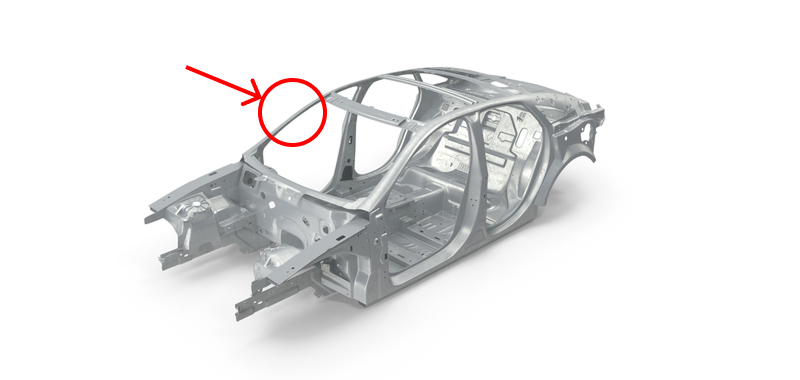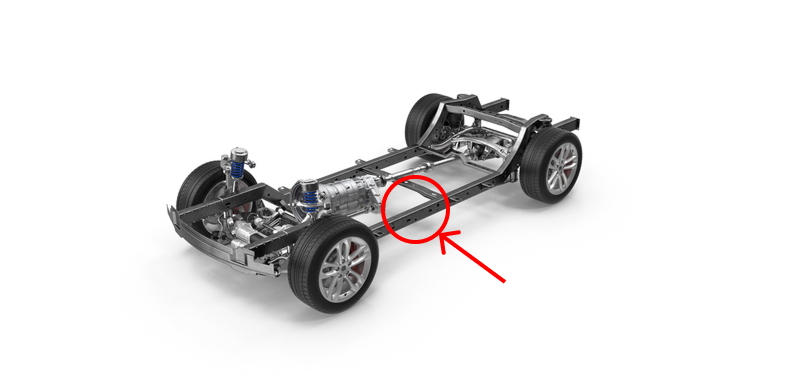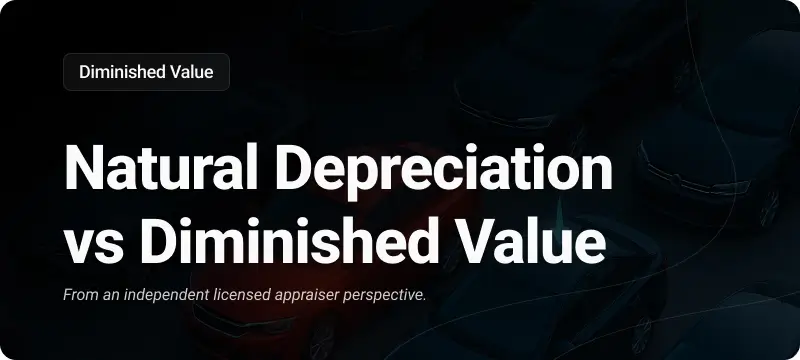When your vehicle suffers frame damage, it can significantly impact its value and safety. In this article, you’ll learn exactly what frame damage is, how it differs from structural damage, and how much it can reduce your car’s resale or trade-in value.
We’ll also cover the financial risks, common repair challenges, and whether frame damage can lead to a total loss.
By the end, you’ll know how much does frame damage devalue a car, how to recover your lost value, and make informed decisions about selling, repairing, or filing a claim.
What Is Frame Damage? Understanding the Basics
Frame damage refers to any harm inflicted on the structural foundation of a vehicle. This foundation supports the car’s weight, maintains its shape, and absorbs energy during collisions. When damaged, the integrity and safety of the entire vehicle can be compromised.
Understanding frame damage is essential because it affects not only the safety of your car but also its market value and insurability.
Definition of Frame Damage vs. Structural Damage
While often used interchangeably, frame damage and structural damage are not exactly the same.
Frame damage specifically refers to harm to the vehicle’s core structural support — the frame itself.
Structural damage, on the other hand, includes any damage to components that maintain the car’s structural integrity, such as pillars, floor pans, or roof rails.
In simple terms:
- All frame damage is structural damage,
- But not all structural damage is frame damage.
Examples of Structural Damage
- Radiator support
- Roof bows and inner roof rails
- Apron
- Body pillars (hinge, center, lock, corner)
- Passenger floor pan
- Rear body panel
- Trunk floor pan

Examples of Frame Damage
- Bend
- Cracks
- Kinks
- Misalignment

Unibody vs. Body-on-Frame: Why It Matters
The type of vehicle construction plays a major role in how frame damage is identified and repaired:
- Unibody construction: Most modern passenger cars use a unibody design where the frame and body are integrated. Damage to any major panel or support structure is considered structural or frame damage. Repairs can be complex and costly.
- Body-on-frame construction: Common in trucks and some SUVs, this design features a separate body mounted on a rigid frame. Here, damage can be isolated to the frame, sometimes making repairs more straightforward, but still impactful on vehicle value.
Understanding your vehicle’s construction helps assess the potential risks and costs associated with frame damage.
Can Frame Damage Be Repaired?
Yes, frame damage can often be repaired, but the results may vary. Professional body shops use specialized equipment to straighten, reinforce, or replace damaged frame sections.
However, even expertly repaired frames may not fully restore the vehicle to its original strength and integrity.
Additionally, the history of frame repair is typically recorded in vehicle history reports, such as Carfax, making it visible to future buyers.
How Much Does Frame Damage Devalue a Car?
Frame damage can significantly lower a vehicle’s market value, even after professional repairs.
Most experts estimate that frame damage typically results in a 10% to 20% reduction in the car’s fair market value.
This devaluation reflects not only the actual damage but also the stigma attached to vehicles with a history of structural issues.
Potential buyers and dealerships often view frame-damaged vehicles as higher-risk, leading to lower offers or outright rejection from certified pre-owned (CPO) programs.
Even if repairs fully restore function and appearance, the history of frame damage remains on vehicle reports, impacting resale potential.
Variables That Can Affect Devaluation
The exact amount a vehicle loses due to frame damage depends on several factors:
- Documentation and Repair Records Complete, professional repair documentation can mitigate some of the value loss. Buyers and dealers are more willing to consider a car with detailed records showing high-quality repairs.
- Severity of Damage Minor bends or misalignments may cause less devaluation than major structural compromise or poorly executed repairs. The more severe the damage, the higher the potential loss in value.
- Vehicle Popularity Popular makes and models tend to retain value better, even with a frame damage history. Conversely, niche or luxury vehicles may suffer greater devaluation as buyers expect pristine condition.
How Frame Damage Affects Vehicle Resale and Trade-In Value
Frame damage doesn’t just reduce a car’s value — it also complicates the process of selling or trading in the vehicle.
Many dealerships and private buyers are hesitant to purchase a car with a history of frame damage, regardless of how well it was repaired.
Some certified pre-owned (CPO) programs have strict inspection standards that automatically disqualify vehicles with any history of frame or structural damage. This exclusion can significantly lower your potential resale price and limit your selling options.
Example of Value Differences Between Vehicles With Frame Damage and No Frame Damage
To illustrate how frame damage affects value, consider this scenario:
- A vehicle in good condition with no accident history might sell for $20,000 on the private market.
- The same make and model with documented frame damage, even after professional repairs, might only sell for $16,000 to $18,000 — reflecting a 10% to 20% decrease in value.
In some cases, the difference can be even more pronounced if the vehicle was excluded from CPO programs or has a reputation for safety concerns related to frame integrity.

Can Frame Damage Lead to a Total Loss?
Yes, frame damage can lead to a vehicle being declared a total loss, but it depends on the severity of the damage and the cost of repairs relative to the car’s value.
Insurance companies assess whether the repair costs exceed a specific percentage of the vehicle’s pre-accident market value, known as the total loss threshold.
In many states, this threshold ranges from 60% to 80% of the car’s value. You can check the exact percentage for your state using this helpful guide: Total Loss Threshold by State.
If repairing the frame damage costs more than that percentage, the insurer will typically declare the vehicle a total loss and offer a payout based on its actual cash value.
How to Recover Lost Value From Frame Damage
If your vehicle has suffered frame damage, you may be entitled to compensation through a diminished value claim. This type of claim allows you to recover the difference between your vehicle’s value before the accident and its reduced value after repairs.
That’s why many drivers choose to get a professional opinion — just to be sure they’re not leaving money on the table.
At Diminished Value of Georgia, we offer nationwide free claim reviews to help you understand what your vehicle may truly be worth in today’s market. Our team takes into account:
- Your specific repair details
- Vehicle history
- Local market conditions
- Real sales data for comparable vehicles
You’ll get an honest, no-pressure assessment — at no cost. If we believe you have a strong claim, we’ll explain your options and next steps. If not, you’ll at least know where you stand, with clarity and confidence.
🔗 Get Your Free Diminished Value Review Now
Don’t leave money on the table. If your car lost value after an accident, you deserve to recover it. Let us help you take the next step with confidence.
Final Thoughts
Frame damage can have a lasting impact on your vehicle’s safety, performance, and resale value. Even when properly repaired, the stigma and structural concerns associated with frame damage can reduce your car’s market value by 10% to 20% or more.
By understanding what frame damage is, how it affects your car’s worth, and your options for recovery, you can make more informed decisions about whether to repair, sell, or file a diminished value claim.
If your car has suffered frame damage, don’t hesitate to seek professional guidance. Knowing your vehicle’s true value is the first step toward protecting your investment and making confident decisions about your next move.



